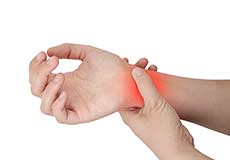
Wrist Sprain
Injuries that involve tearing or stretching of the ligaments of your fingers are termed as sprains. Sprains in the fingers are most often caused from a fall when you extend your arms to reduce the impact of the fall, or from overuse or repetitive activity of the thumb such as with texting.
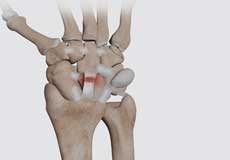
Wrist Ligament Tear and Instability
A ligament is a strong, flexible band of fibrous tissue. The wrist has many ligaments that help to keep the wrist bones in proper position providing stability to the joint. A torn ligament causes the wrist bones to move out of their position, which in turn leads to wrist instability as the sprained (torn) ligament can no longer support the wrist bones.

Distal Radioulnar Joint (DRUJ) Instability
Distal radioulnar joint instability is the abnormal orientation or movement of the radius and ulna bones at the wrist in relation to one another.

Triangular Fibrocartilage Complex Injury (TFCC)
The triangular fibrocartilage complex, or TFCC, is a complex of cartilage and ligaments located near the outer region of the wrist, below the little finger.
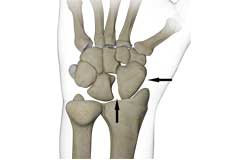
Scapholunate Dissociation
Scapholunate dissociation is the abnormal orientation or movement of the small bones of your wrist: the scaphoid and lunate, in relation to one another.
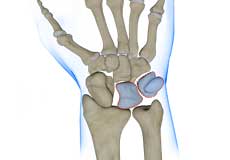
Triquetrolunate Instability
Triquetrolunate instability is the instability that takes place between the triquetrum or medial column and the lunate bones or the central column of the wrist. The triquetrum and the lunate comprise the ulnar side of the proximal carpal row at the wrist. This joint is supported by the lunotriquetral (LT) ligament.
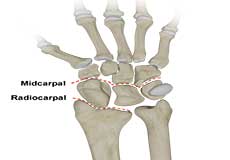
Carpal Instability
Carpal instability is the loss of alignment of the carpal bones and/or radioulnar joint. The wrist is a complex joint that connects the forearm to the hand and allows it to move.